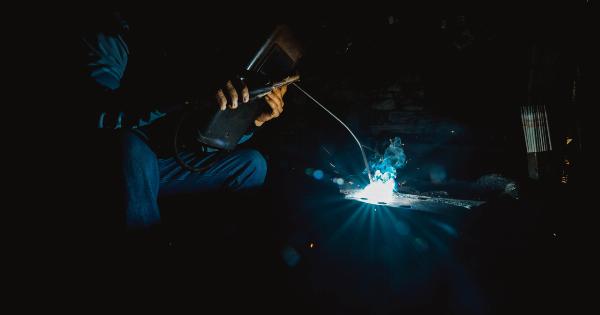The arrival of a premature newborn can be a scary experience for parents and healthcare providers alike. One of the concerns that arise is determining the age of the baby.
In this article, we will explore the methods used to determine the age of a premature newborn and why it’s important to know.
Why is it important to determine the age of a premature newborn?
Knowing the age of a premature newborn is important for many reasons.
It helps healthcare providers make decisions about the baby’s care, such as determining the appropriate medication doses, feeding schedules, and monitoring developmental milestones. It also helps to track the baby’s progress and ensure they are growing and developing correctly.
Methods for determining the age of a premature newborn
1. Gestational age estimation
Gestational age refers to the age of a fetus at the time of delivery. Since premature newborns are born before their due date, gestational age estimation becomes a critical component in determining their age.
There are several methods that can be used to estimate gestational age:.
Ultrasound
Ultrasound is the most accurate method for determining gestational age. It can be performed on pregnant women at any point during their pregnancy.
Ultrasound can identify specific fetal landmarks, such as the size of the head, bones, and organs, and compare them to known developmental milestones to determine gestational age. In the case of a premature newborn, the ultrasound can be used to estimate the time between conception and delivery.
Neonatal examination
After a premature newborn is born, they undergo an examination to check for any immediate health issues. During this examination, healthcare providers can also look for physical characteristics that can help estimate gestational age.
Some characteristics include the development of nails, earlobes, and genitalia.
2. New Ballard Score
The New Ballard Score is a standardized method used to assess a newborn’s gestational age. It looks at physical and neurological characteristics to score the maturity of the baby’s development.
This method is often used in tandem with ultrasound to estimate gestational age. The New Ballard Score involves assessing the baby’s posture, skin texture, and muscle tone, among other things.
3. Dubowitz/Ballard Method
The Dubowitz/Ballard Method is also a standardized method used to assess a newborn’s gestational age. It looks at physical and neurological characteristics such as the texture of the skin, the presence of lanugo, and muscle tone.
This method is also often used in tandem with ultrasound to estimate gestational age.
Conclusion
Determining the age of a premature newborn is crucial for providing appropriate care and tracking their development.
Ultrasound, neonatal examination, the New Ballard Score, and the Dubowitz/Ballard Method are all useful tools for estimating gestational age. Healthcare providers use these methods to make informed decisions about a newborn’s care and to ensure they are developing appropriately.






























